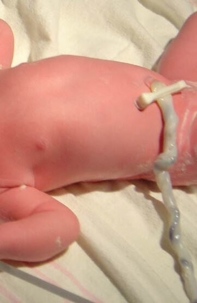Schedule a Consultation
216-621-3000Schedule a Consultation
216-621-3000
During pregnancy and after delivery, there are numerous laboratory tests that are important to ensuring the health the mother and child. These tests are also sometimes necessary to help diagnose the cause of any injuries. In addition to laboratory testing, radiology also play a large role.
Genetic Testing
Several genetic tests can be performed on the parents to determine the level of risk of birthing a child with genetic abnormalities. The amniotic fluid surrounding the baby can also be tested to determine if some abnormalities are present. These tests can help detect many conditions, including cystic fibrosis, spina bifida, and mental retardation/intellectual disability.
Pap Smear
A pap smear, often performed pre-pregnancy or in the first trimester, can detect several sexually transmitted diseases which can affect the baby.
Blood/Urine Tests
Blood and urine tests will be conducted at various points during the pregnancy to detect low iron, infection, kidney disease, group B streptococcus, gestational diabetes and other potentially harmful conditions.
Placental Pathology
Placental pathology can be important to determine whether any placental problems caused or contributed to problems experienced at birth, including cerebral palsy. Some problems that should be considered (and which are often overstated by defense lawyers) are infections like chorioamnionitis, the presence of an abnormally short or long umbilical cord, chorangiosis (a condition where the placenta develops with an increased number of capillaries) and meconium staining.
Cord Blood Testing
The umbilical cord contains two arteries (carrying blood away from the baby) and one vein (carrying blood to the baby from the placenta). Blood can be drawn from one of the umbilical arteries shortly after birth and tested. This does not happen in all cases, but typically when Apgar scores are low (around 5 or less). The process, known as a Cord Arterial Blood Gas, will show physicians how the baby was doing immediately prior to birth. Doctors are trying to determine whether the baby had acidosis, a condition that (along with lack of oxygen at birth) can cause brain injury and cerebral palsy. ACOG’s criteria for metabolic acidosis is a pH less than 7, and a base deficit greater than or equal to 12 mmol/L (millimoles per liter).
Contact Us
If you or your child was injured during labor and delivery, or if you believe your doctor may have been negligent, contact our medical malpractice lawyers at (440) 252-4399 or send us an online message for a free consultation.

